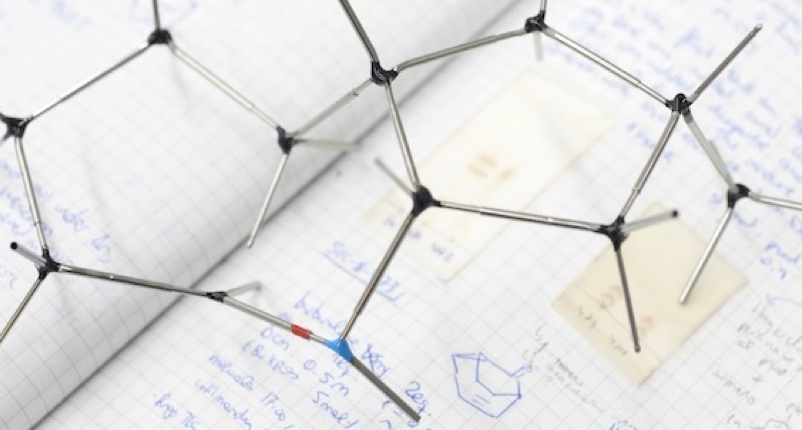Understanding polyoxometalates as water oxidation catalysts through iron vs cobalt reactivity
Cobalt polyoxometalates (Co-POMs) have emerged as promising water oxidation catalysts (WOCs), with the added advantage on their molecular nature despite being metal oxides fragments. In comparison with metal oxides, that do not offer well-defined active surfaces, POMs have a controlled, discrete structure that allows for precise correlations between experiment and computational analyses. Thus, beyond highly active WOCs, POMs are also model systems to gain deeper mechanistic understanding on the oxygen evolution reaction (OER). The tetracobalt Weakley sandwich [CoII4(H2O)2(B-α-PW9O34)2]10– (Co4-WS) has been one of the most extensively studied. We have compared its activity with that of the iron analog [FeIII4(H2O)2(B-α-PW9O34)2]6– (Fe4-WS) looking for the electronic effects determining their activity. Furthermore, the effect of POM nuclearity was also investigated by comparison with the iron- and cobalt-monosubstituted Keggin clusters. Electrocatalytic experiments employing solid state electrodes containing the POMs and the corresponding computational calculations demonstrate that CoII-POMs display better WOC activity than the FeIII derivatives. Moreover, the activity of POMs is less influenced by their nuclearity, thus Weakley sandwich moieties show slightly improved WOC characteristics than Keggin clusters. In good agreement with the experimental data, computational methods, including pKa values, confirm that the resting state for Fe-POMs in neutral media corresponds to the S1 (FeIII–OH) species. Overall, the proposed reaction mechanism for Fe4-WS is analogous to that found for Co4-WS, despite their electronic differences. The potential limiting step is a proton-coupled electron transfer event yielding the active S2 (FeIV=O) species, which receives a water nucleophilic attack to form the O–O bond. The latter has activation energies slightly higher than those computed for the Co-POMs, in good agreement with experimental observations. These results provide new insights for the accurate understanding of the structure-reactivity relationships of polyoxometalates in particular, and or metal oxides in general, which are of utmost importance for the development of new bottom-up synthetic approaches to design efficient, robust and non-expensive earth-abundant water oxidation catalysts.

Azmani, K.; Besora, M.; Soriano-López, J.; Landolsi, M.; Teillout, A. L.; De Oliveira, P.; Martyr Mbomekallé, I.; Poblet, J. M.; Galan-Mascaros, J. R.
Chem. Sci. 2021, 12, 8755-8766
DOI:
10.1039/D1SC01016F

Let's create a brighter future
Join our team to work with renowned researchers, tackle groundbreaking
projects and contribute to meaningful scientific advancements




















